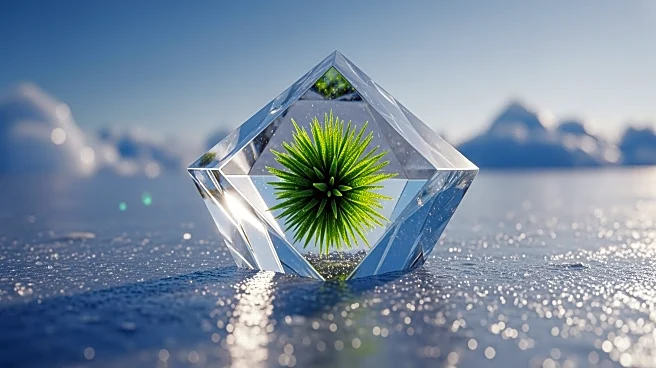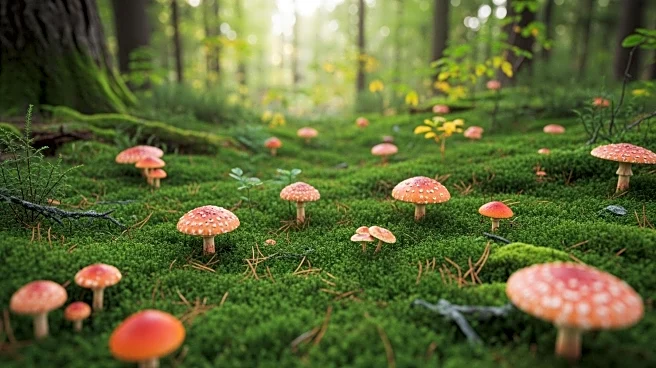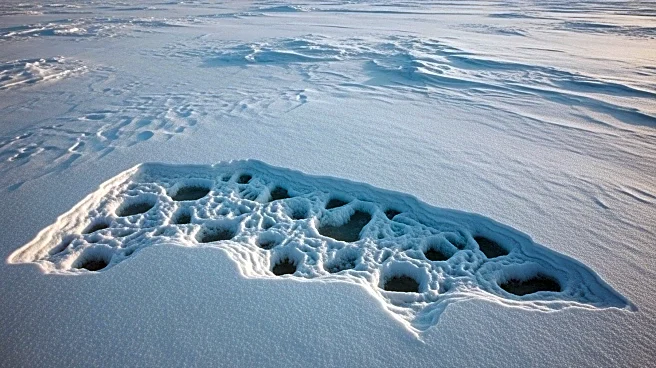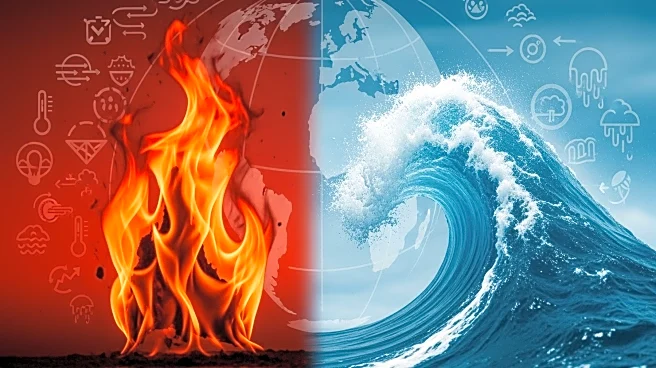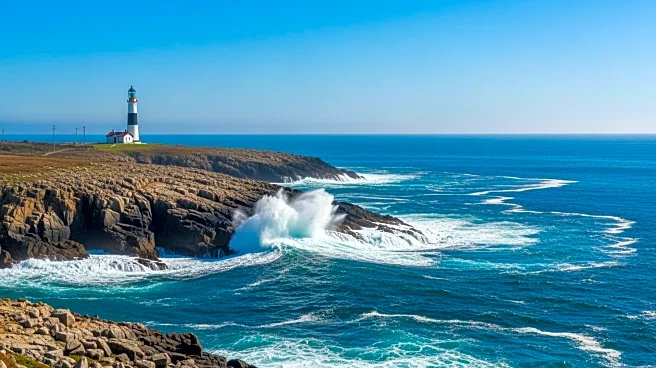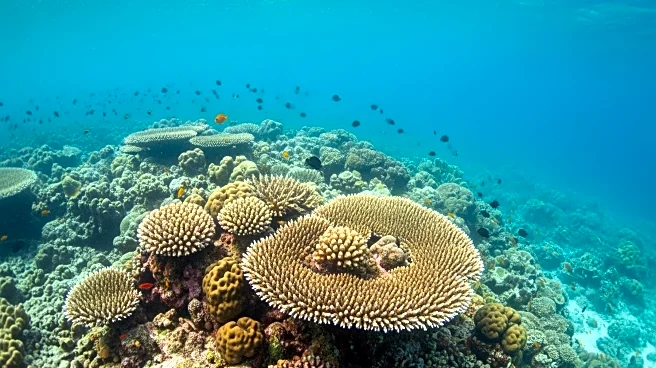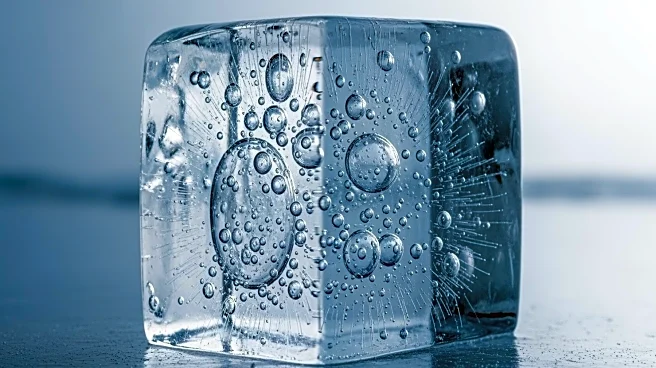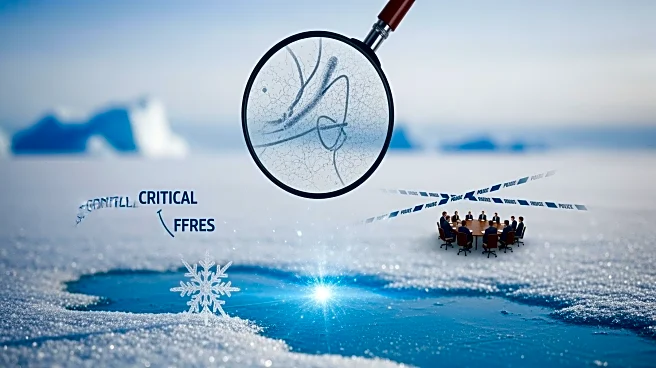What's Happening?
Scientists from the University of Copenhagen have discovered evidence of nitrogen fixation occurring under Arctic sea ice, a habitat previously considered inhospitable for such processes. Nitrogen fixation is crucial for providing ammonia and ammonium
to algae, which form the foundation of the marine food web. Historically, this process was believed to occur only in warmer waters, but recent studies have shown its presence in the Arctic Ocean. The new study identifies non-cyanobacterial diazotrophs performing nitrogen fixation under sea ice, altering predictions about the Arctic Ocean ecosystem and its carbon budget.
Why It's Important?
This discovery has significant implications for understanding the Arctic marine ecosystem, particularly as climate change continues to reduce sea ice cover. The presence of nitrogen-fixing organisms under sea ice suggests that the availability of nitrogen in the Arctic Ocean has been underestimated, potentially increasing algae production. Algae play a critical role in the food web and carbon dioxide absorption, impacting marine life viability and the ocean's carbon budget. This finding necessitates the inclusion of nitrogen fixation in future climate models and projections for the Arctic Ocean.
What's Next?
Further research is needed to determine the net effect of increased nitrogen fixation on the climate, as dynamic ocean conditions make predictions uncertain. Scientists will continue to study the implications of this process on the Arctic ecosystem and its role in climate change. The findings may influence policy decisions regarding climate change mitigation and marine conservation efforts.
Beyond the Headlines
The discovery challenges long-held assumptions about the limitations of nitrogen fixation in cold environments, highlighting the adaptability of life forms in extreme conditions. It underscores the importance of revisiting scientific models and assumptions in light of new evidence, particularly in the context of climate change.
